GM Defends Full-Sized Truck Investment
The word “truth” in our title has long been a cudgel for our critics, who, finding fault with our analysis, condemn us for failing to publish their version of the truth. But, as I’ve steadfastly maintained since taking up TTAC’s editorial reins, we do not hold ourselves up as the sole source of truth. Rather, by provoking an engaging discussion, we hope that our readers will use our posts as a jumping-off point to debate the issue at hand with vigor. The truth, as I find myself saying again and again, is a journey, not a destination.
Accordingly, I’m always thrilled when manufacturers read our pieces and offer up their own counterpoint to the discussion, broadening our understanding of the issue at hand and moving the conversation forward. One of my posts from yesterday, which examined GM’s decision to invest in full-sized truck production in the midst of CAFE negotiations and an inventory backlog, has drawn just such a thoughtful response from GM’s Tom Wilkinson, which is published after the jump. It provides some inside perspective on GM’s decision to move forward with the next generation of full-sized pickups, and is a great example of the kind of conversations that TTAC hopes to start every day.
Wilkinson, who works on the Chevrolet communications team, writes:
Customers currently buying pickups are generally those who need the capability of a full-size truck for hauling and/or towing. Consequently, we expect full-size pickups to remain around 11 percent of the total U.S. vehicle market. Chevrolet is currently a strong second in the segment, with 27 to 28 percent share, and we expect to defend, and potentially grow that share.
Following a boom during the mid-1990s, resulting from the demise of most large cars and station wagons coupled with cheap gas and attractive lease payments, utilities have returned to pre-boom sales levels. Full-size utilities are purchased by affluent customers who need passenger and cargo space and towing capability, and we expect volume to remain relatively stable. Chevrolet intends to defend its dominant position (almost 50 percent share) with a new generation of more efficient Tahoes and Suburbans.
You are correct that many of the personal use buyers who fueled the truck boom have moved on, to sporty cars for those who just wanted power and style, and to crossovers for those who just need space. Please note that Chevrolet and other GM brands are doing very well in both segments, so it is not like we lost these customers.
I don’t think we, or any of our competitors, expect full-size trucks to return to housing-boom levels. Note that we have resized our manufacturing footprint to compete effectively and profitably at realistic future sales levels. That fact seems to be lost on some of the critics, who seem to have snoozed through the plant closings of the past few years.
More by Edward Niedermeyer
Latest Car Reviews
Read moreLatest Product Reviews
Read moreRecent Comments
- SCE to AUX Over the last 15 years and half a dozen vehicles, my Hyundais and Kias have been pretty cheap to maintain and insure - gas, hybrid, and electric.I hate buying tires - whose cost goes by diameter - and I'm dreading the purchase of new 19s for the Santa Fe.I also have an 08 Rabbit in my fleet, which is not cheap to fix.But I do my own wrenching, so that's the biggest factor.
- MaintenanceCosts '19 Chevy Bolt: Next to nothing. A 12v battery and a couple cabin air filters. $400 over five years.'16 Highlander Hybrid, bought in 2019: A new set of brakes at all four corners, a new PCV valve, several oil changes, and two new 12v batteries (to be fair, the second one wasn't the car's fault - I had the misfortune of leaving it for a month with both third-row interior lights stealthily turned on by my kid). Total costs around $2500 over five years. Coming due: tires.'11 BMW 335i, bought in late 2022: A new HID low beam bulb (requiring removal of the front fascia, which I paid to have done), a new set of spark plugs, replacements for several flaking soft-touch parts, and two oil changes. Total costs around $1600 over a year and a half. Coming due: front main seal (slow leak).'95 Acura Legend, bought in 2015: Almost complete steering and suspension overhauls, timing belt and water pump, new rear brakes, new wheels and tires, new radiator, new coolant hoses throughout, new valve cover gaskets, new PS hoses, new EGR valve assembly, new power antenna, professional paint correction, and quite a few oil changes. Total costs around $12k over nine years. Coming due: timing belt (again), front diff seal.
- SCE to AUX Given this choice - I'd take the Honda Civic Sport Hatchback (CVT). I 'built' mine for $28777.To my eye, the Civic beats the Corolla on looks these days.But for the same money, I can get an Elantra N-Line with 7-speed DCT, 201 HP, and good fuel economy, so I'd rather go for that.
- Kwik_Shift_Pro4X '19 Frontier Pro 4X. Next to nothing. All oil changes are on schedule. Got new tires at 60000 miles. Still on original brakes at 79000 miles. Those are due soon. Brakes complete estimate $1000 all in.
- Dr.Nick The cars seem really expensive with tight back seats and Cadillac was on the list of the highest price gouging dealers coming out of COVID. I don’t understand the combination, shouldn’t they be offering deals if they are not selling?
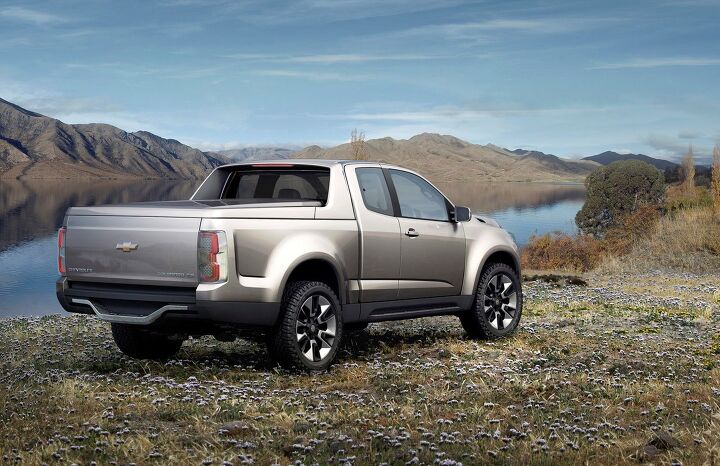















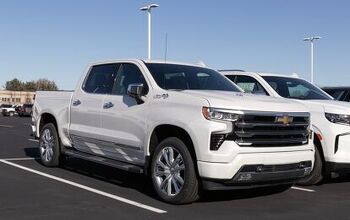
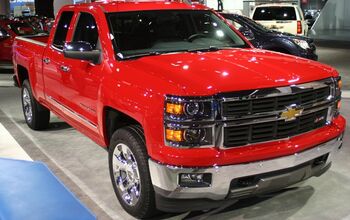
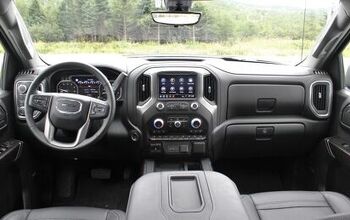
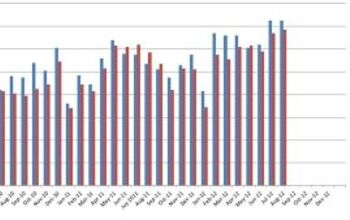
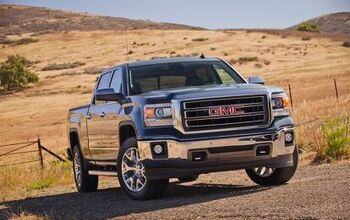










Comments
Join the conversation
How do places such as Europe get along ok without pickup trucks?
No matter what CAFE noise is being made today or requirements are planned for tomorrow, at the end of the day no CAFE rule will survive that does not allow the Big Three to make a profit - and that means selling highly profitable full-size trucks. Tolerance for CAFE only exists when CAFE is playing catch up to automaker technology instead of the other way around. As soon as that dynamic reverses and CAFE becomes painful, the automakers know that a change in policy is only one election away.